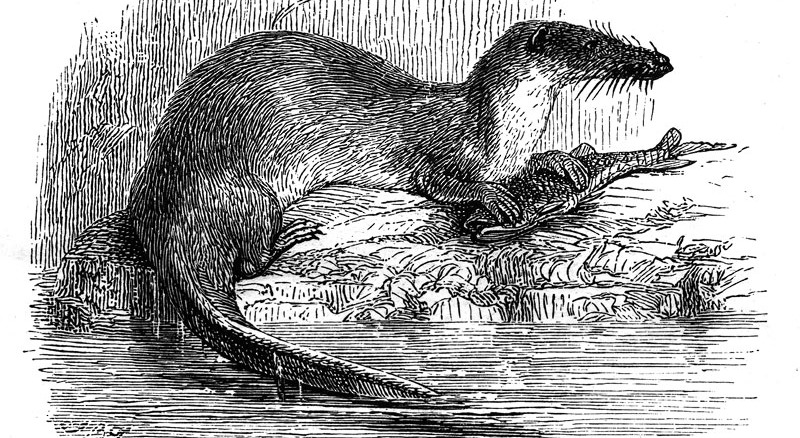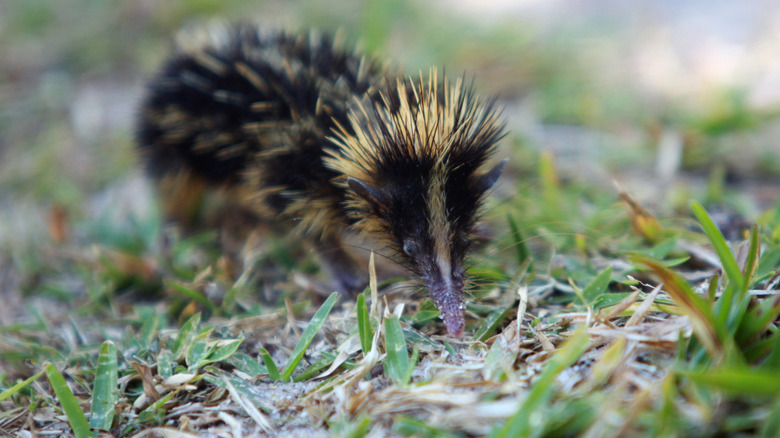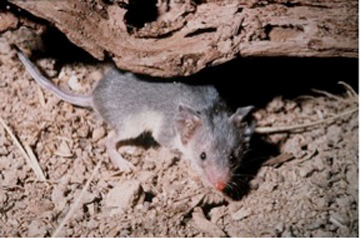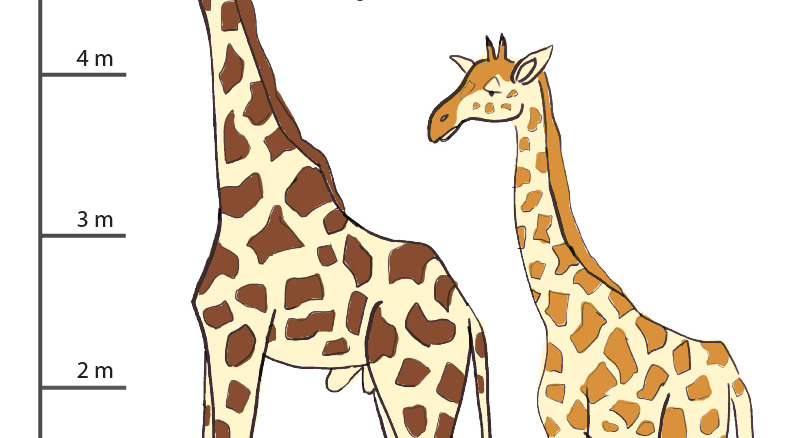Reading level: Grade 5-6
You might think all rare and unique animals are discovered in remote places … like rainforests, mountaintops, or deserts. Not in the case of the Romer’s tree frog! This is the story of how this little frog found itself living in the bustling city of Hong Kong.
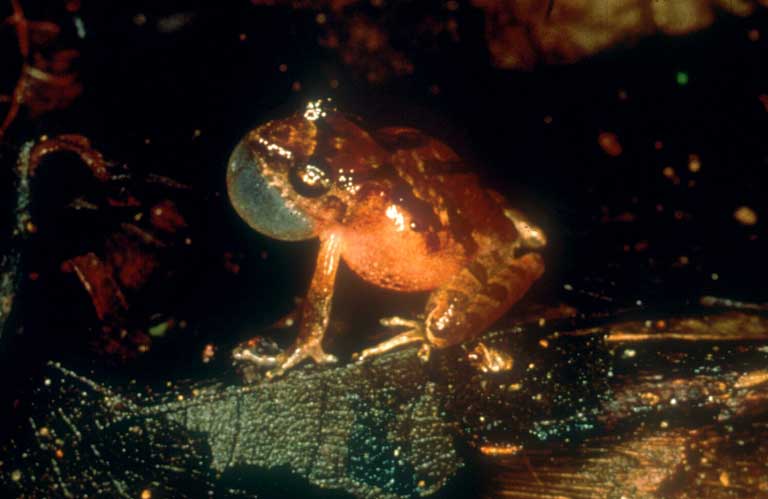
Romer’s tree frog is named after a naturalist named John Romer. John discovered the frog in the 1950s on one of the small islands of Hong Kong. Hong Kong is made up of many islands, including the busy and large Hong Kong Island.
Romer’s frog is only 1.5 – 2.5 cm long (0.6 to 1 inch long). It is one of the tiniest frogs in the world. Romer’s tree frog has suction-cups on its toes for climbing trees. But, it actually spends most of its life in the leaf litter. Leaf litter is the mess of decaying leaves that trees drop on the ground. There, the tiny frog finds crickets and termites to eat.

John Romer first discovered the frog in a cave in 1952 on Hong Kong’s Lamma Island. Sadly, the cave entrance collapsed before John could finish studying the frog in detail.
After the cave collapsed, there were several failed attempts to find more Romer’s tree frogs. Finally, the frog was considered extinct. That is, until 1984. Michael Lau and a group of naturalists wondered if the Romer’s tree frog might still exist. They set out to find it on Lamma Island and succeeded!
Michael and his colleagues found a previously unknown population of the frogs in a cave. After more searching, they also found Romer’s tree frogs on two other islands, Lantau and Chek Lap Kok.

Hong Kong was a rapidly growing city in the 20th century. It was a difficult time for the frogs – their habitat was at risk. There were natural risks. The frogs lay their eggs and hatch their tadpoles in pools of water within caves. But these caves were in danger of collapsing.
Another risk to the frogs was a loss of their habitat to people. In the late 1980s Hong Kong decided to build a new international airport on Chek Lap Kok Island. Making space for the airport meant cutting down the forests where the Romer’s tree frog lived.
To protect the frogs, conservationists stepped in in the 1990s. They collected some Romer’s tree frogs. They brought them into captivity at the Melbourne Zoo in Australia. There, they managed to successfully breed the frogs and establish a population. Soon, baby Romer’s tree frogs were hopping around tanks at the zoo.

The next challenge became finding a safe spot to release the frogs back in the wild. Even though Hong Kong houses millions of people, it also has forests where the frogs could possibly live.
Scientists found several potential release sites for the Romer’s tree frogs. In several of these sites the frogs were provided with special pots that collected rain water. These pots served as ponds for the frogs to lay their eggs in. Inside the pots, eggs could hatch into tadpoles and develop into adult frogs.

Not all the frog release sites were a success. At the Hong Kong Zoo site, mosquito fish in the frog ponds ate the frog eggs and tadpoles!
Over time though, five protected sites succeeded, including those in the Tai Po Kau Nature Preserve. These places now support a relatively good population of Romer’s tree frogs.
But challenges remain for the frogs. Visitors to Tai Po Kau Nature Preserve sometimes break or steal the frog breeding pots. The tiny Romer’s tree frog could survive for many years to come. But its future depends on people knowing about it and caring about protecting it.
For a more detailed description of Romer’s tree frog and its survival in Hong Kong, check out Asher Elbein’s article on Mongabay.com:
Article – Bright lights, big city, tiny frog: Romer’s tree frog survives Hong Kong


